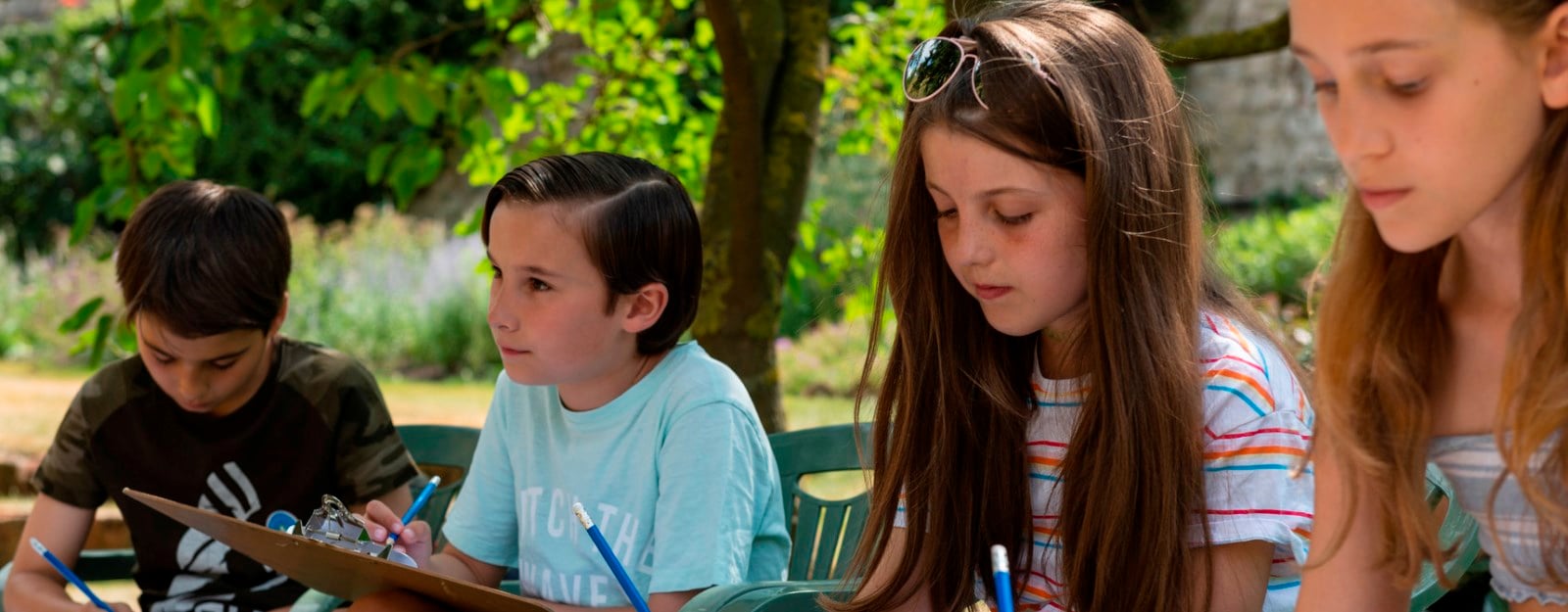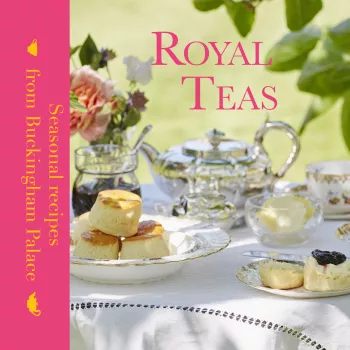
Family activities
Activities for families to enjoy together
Queen Elizabeth II's recipe for Drop Scones
This type of small pancake is made all over the world and is often known as a ‘drop scone’ or ‘Scotch pancake’ – it is very similar to American breakfast pancakes. After you make these, you can enjoy them with butter, jam or maple syrup – all are equally good!
This recipe is traditionally said to have been sent by Queen Elizabeth II to President Eisenhower around 1960.
Children should have adult supervision when cooking
Ingredients
1 free-range egg
2 tablespoons unrefined caster sugar
1 teaspoon unsalted butter, melted
250ml full-fat milk
1 teaspoon bicarbonate of soda
240g plain flour
2.5 teaspoons baking powder
1.5 teaspoons cream of tartar
100g clarified unsalted butter
Equipment
Pancake griddle or non-stick frying pan
Method
1. In a mixing bowl sieve together the dry ingredients: flour, bicarbonate of soda, cream of tartar and sugar. Add to this the milk and egg and whisk to a smooth batter, finally adding the warm melted butter. Pass through a sieve to get rid of any lumps and if necessary thin with more milk. The batter should have a dropping consistency, but remain thick enough to retain its shape on the griddle.
2. Heat the griddle (or frying pan) over a medium heat and grease with clarified butter. Using a dessert spoon or small ladle, carefully pour spoonfuls of the batter on to the griddle. After one side has cooked, flip the scones with a palette knife to cook the other. Once you feel more confident you can cook a few scones at a time, being careful not to let them over-cook on either side.
3. Serve warm with butter and home-made preserves.








